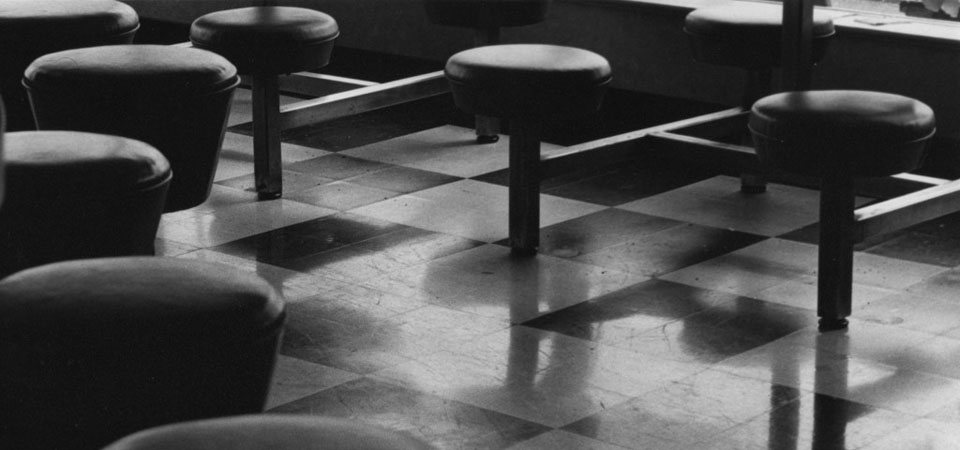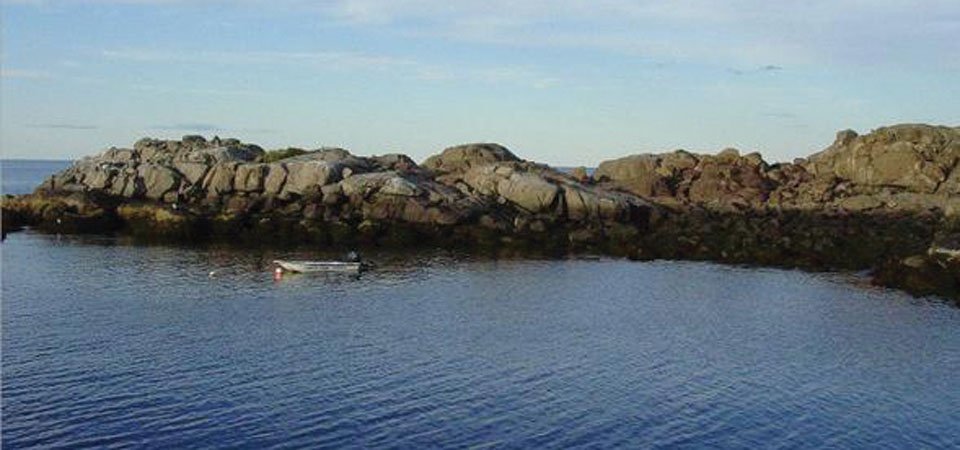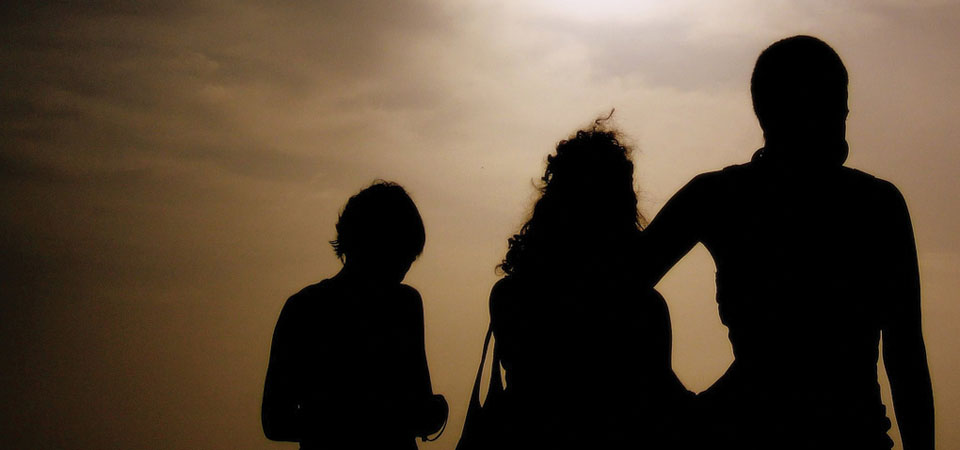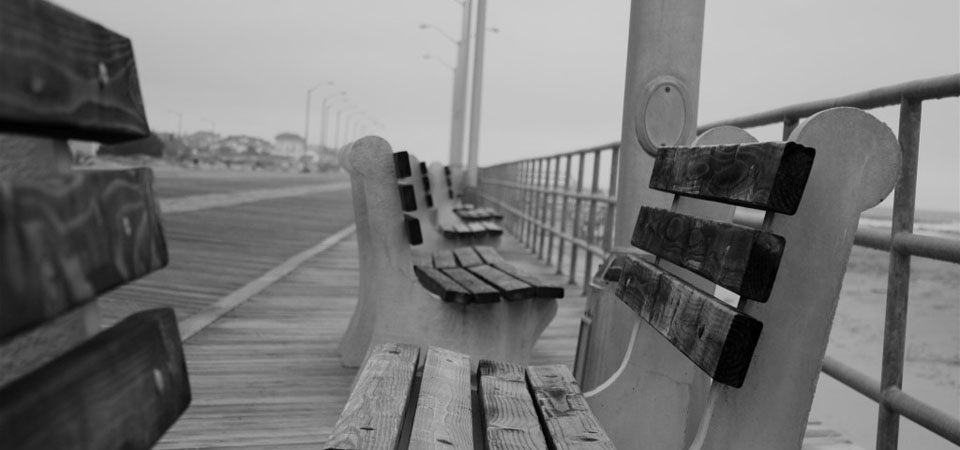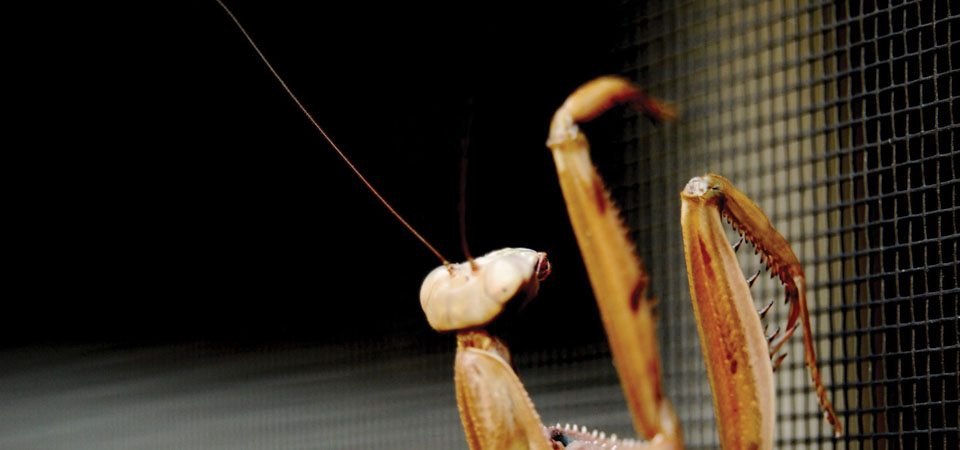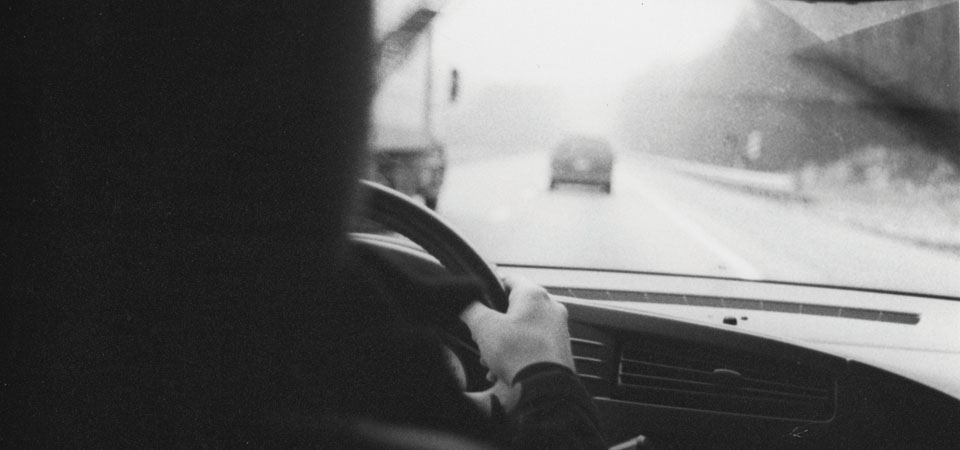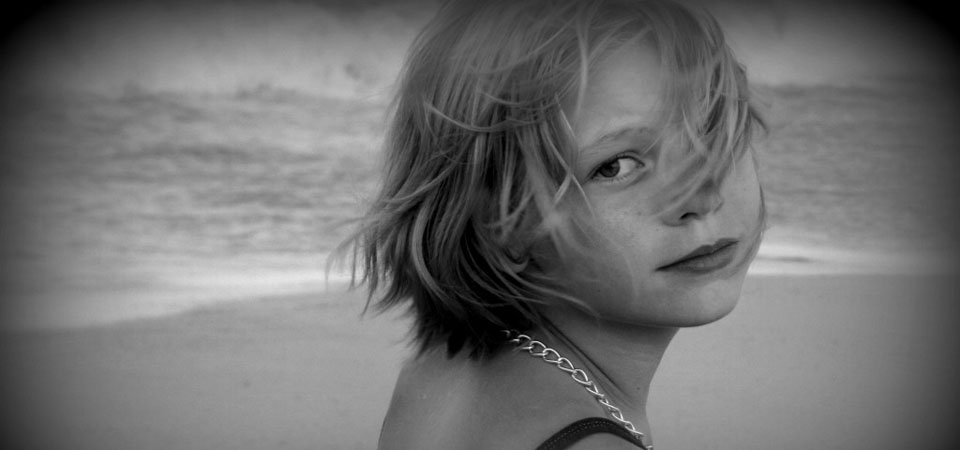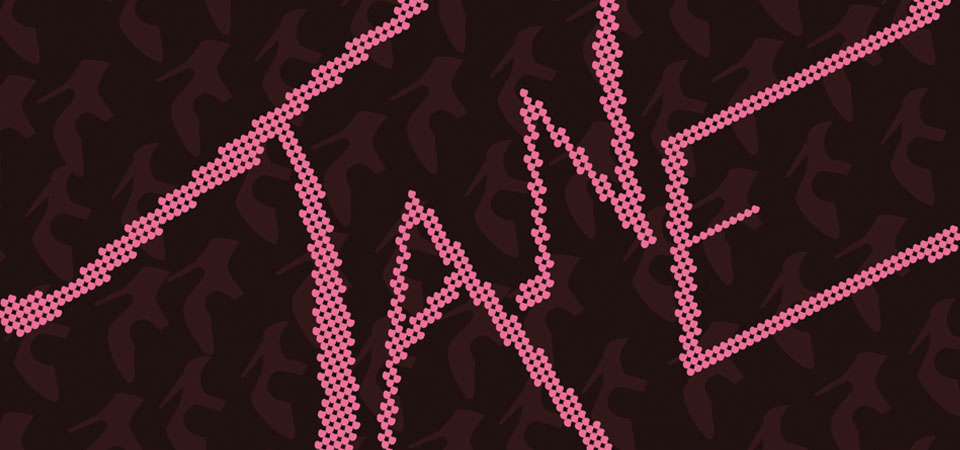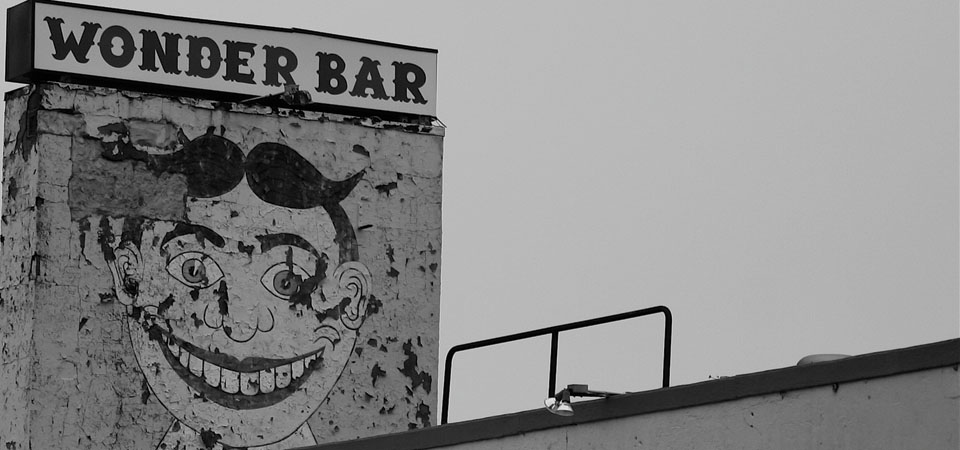About
Mission Statement:
To promote and reward student creativity in poetry, prose, art, photography, theatre and foster discourse of these mediums both inside and outside of the York College community.
What is the York Review?
The York Review is York College’s only literary publication that showcases student-produced creative works. The York Review commonly accepts short stories, poems, one-act plays, essays or short memoirs, digital photography, paintings, sculpture and other art mediums; however, the York Review is also open to emerging genres. The York Review is generously made possible by the English and Humanities Department, in addition to independent fundraising by our staff. The publication is the primary focus of the organization and is actively produced between December and March of the academic year, but the organization also promotes public readings of original work by hosting poetry readings and other related events.
Who Produces the York Review?
Quite simply—York College students. The York Review strives to provide an accurate reflection of YCP students in the publication. While the magazine has certainly had a tendency to be a sole work of the English and Humanities department, the York Review is on its way to becoming inclusive of the entire student body. We are recruiting students within each of the various disciplines on campus to serve on staff and submit creative works for publication. Our current issue is certainly more diverse than past issues, and we endeavor to pursue this direction in future productions.
More specifically, the York Review staff sees the production process through— from submissions to printing. The staff is responsible for:
- Recruiting submissions from various academic departments
- Reviewing and selecting submissions
- Copyediting the magazine
- Creating a general vision for the issue
- Compiling a digital copy of the magazine
- Arranging printing of the magazine
- Distributing the publication
- Hosting public poetry readings
- Raising additional funds to enable the printing process
Staff positions include:
Editor(s)-in-chief — The editor(s)-in-chief assume ultimate responsibility for the magazine, and subsequently, is given credit for its outcome. The primary work of the editor(s)-in-chief is to ensure that the product is in accordance with the individual’s vision for the magazine. This position has the highest authority and becomes a resolving agent for matters of inter-staff conflict.
Managing Editor — The managing editor attempts to oversee the process of producing the magazine from the very basic tasks of arranging meetings, keeping notes, assigning staff work, maintaining deadlines, and ensuring effective communication amongst staff to more extensive tasks such as placing pieces in the magazine and compiling staff edits. This position is also the go-through person for communication between the faculty advisor and members of the staff.
Prose Editor — The prose editor oversees all non-poetry submissions. Tasks also include soliciting student-writers, serving as an authority on the genre during the selection process, and being a springboard for group decisions.
Poetry Editor — A complement to the prose editor, the poetry editor oversees all submissions within the designated genre of poetry. The poetry editor joins the prose editor in soliciting student-writers, serving as an authority on the genre during the selection process, and being a springboard for group decisions.
Assistant Editors —The assistant editors work behind the scenes to assist the above editors in any capacity necessary. The bulk of their labor is centered on reviewing submissions and participating in the selection process. However, they also serve as a panel throughout the publication process when group decisions are deemed appropriate.
Business Editor —The business editor serves the organization by negotiating terms of publication and handling expenditures. This individual lobbies to assure the magazine fair printing quotes and, to some degree, positive relations with administration and other organizations on campus.
Designer — The designer creates and maintains a positive image for the magazine both in its print and web presence by employing techniques of graphic design. Because of the artistic bent of this position, the designer may also be fairly involved in the selection process of images.


